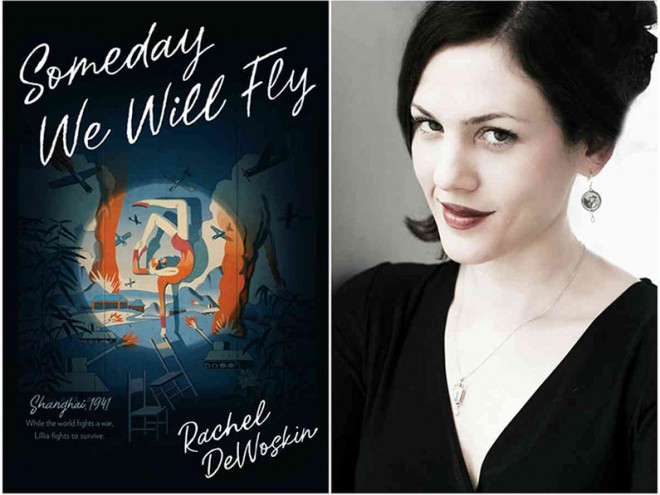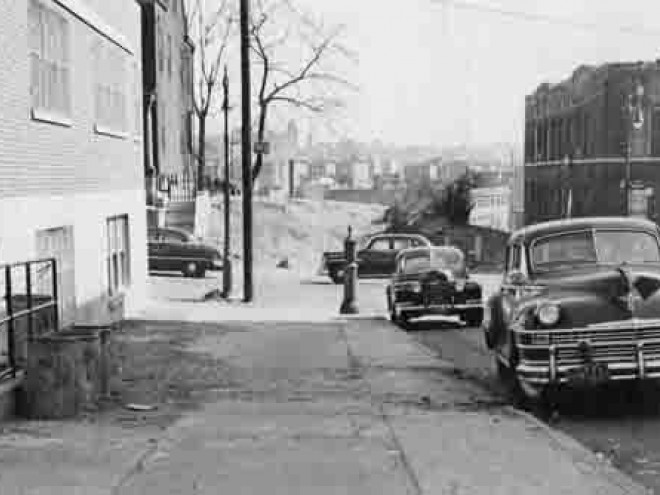America’s Jews are proud of their history and of the contributions they have made to American life whether they be in philanthropy, academia, literature, popular culture, social welfare, business, or politics. There is an underside of this history, however, which is less savory and has often been ignored. This has been particularly true regarding Jewish involvement in crime.
Jews were prominent in criminal activity in virtually every major city during the first half of the twentieth century. Until now, however, there has not been a volume that focuses on the Jewish gangsters of Chicago, the most crime-ridden of all American cities.
Joe Kraus’s The Kosher Capones is a lively attempt to fill that void. Kraus was prompted to write the book by his mother’s curiosity regarding the fate of her father, Max Miller, who, according to family lore, was murdered during Chicago’s gangster wars of the 1920s. Miller, along with his three brothers, were prominent mobsters in the heavily Jewish Lawndale neighborhood of Chicago, and had ties to Big Bill Thompson, the city’s corrupt mayor, and Al Capone. In 1924, Dean O’Banion, a rival of Capone, attempted to murder both Max and his brother Davey, but was unsuccessful.
Jewish criminality in Chicago and elsewhere was strictly a one-generation phenomenon and restricted mainly to second-generation. The children of Jewish criminals became accountants, lawyers, dentists, and teachers, and, in the case of Meyer Lansky’s son, attended West Point. Crime today among American Jews involves financial fraud and income tax evasion, and there is less of the violence, loan-sharking, prostitution, shakedowns, robberies, and murders which marked the activities of Jewish criminals in Chicago and elsewhere during the 1920s and 1930s.
The Kosher Capones was written for the lay reader, particularly if he or she resides in the Chicago area and has faded memories of Lawndale during its fabled years prior to and after World War II. It does not explore more scholarly topics which would be of interest to historians and sociologists. Nor does it attempt to answer the question of why Chicago’s Jewish criminals were so marginal. Their activities, according to Kraus, were generally restricted to Jewish neighborhoods such as Lawndale and Maxwell Street, and they never achieved the notoriety and city-wide importance of their counterparts in New York City and elsewhere.





